From Paris to Marseille: join us on a journey to discover the most interesting cities in France. You will be overwhelmed by cultural attractions, refined atmosphere, sea, and unforgettable views, as well as folklore and history rooted in the distant past. You will visit the surrounding area, stroll through the markets and shops and find the perfect souvenir for yourself.
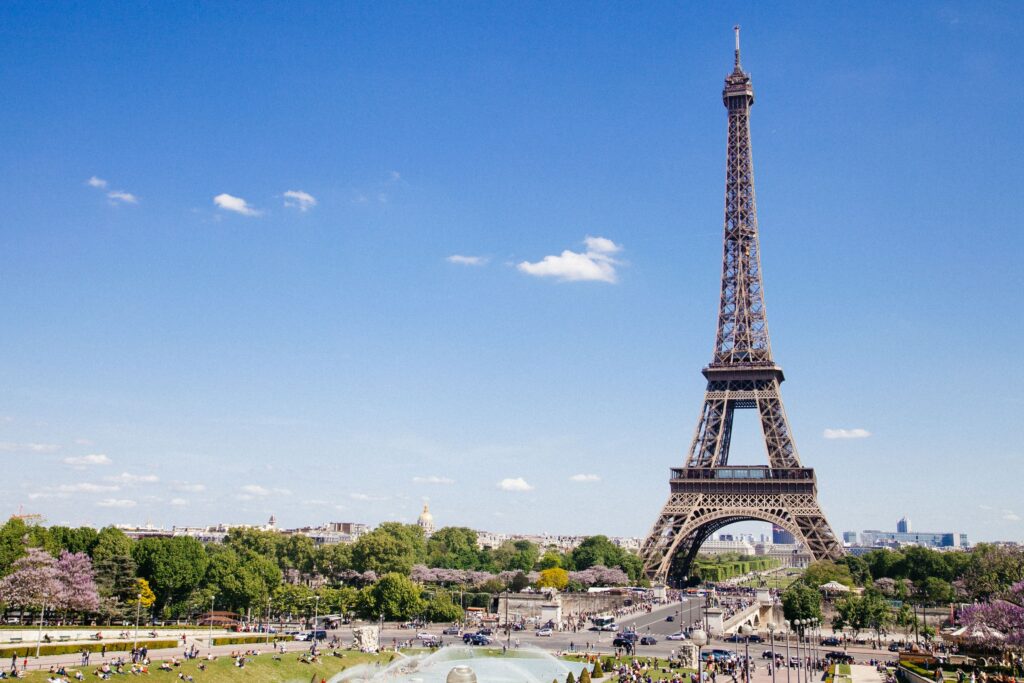
Not only Paris, but France is also full of beautiful cities: between history and nature, from big cities to small villages. Discover the most beautiful to visit and, if you want, swim in the islands of France.
Paris
A romantic city, the capital of indescribable charm, and thousands of cultural attractions. Everything has already been written about Paris, but there will always be a way to find another point of view, a glimpse that will surprise us. Montmartre, once the haven of the greatest artists, will be a great start to your journey.
Then you can get lost in the Latin Quarter and its sparkling atmosphere of clubs and cafes. Among the many colors, there is also the sobriety of the Sorbonne. The French capital rhymes with museums, from the Musee d’Orsay, built at the old train station, to the Louvre, which, despite its Mona Lisa obsession, contains hundreds of masterpieces worthy of the time.
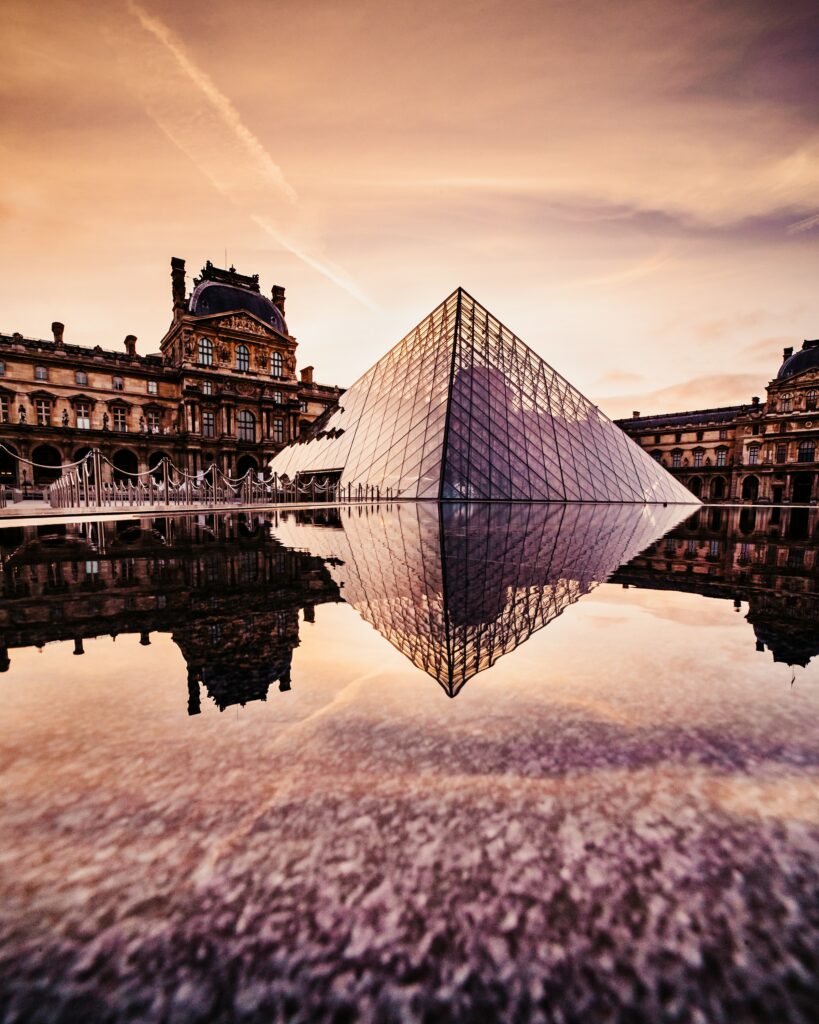
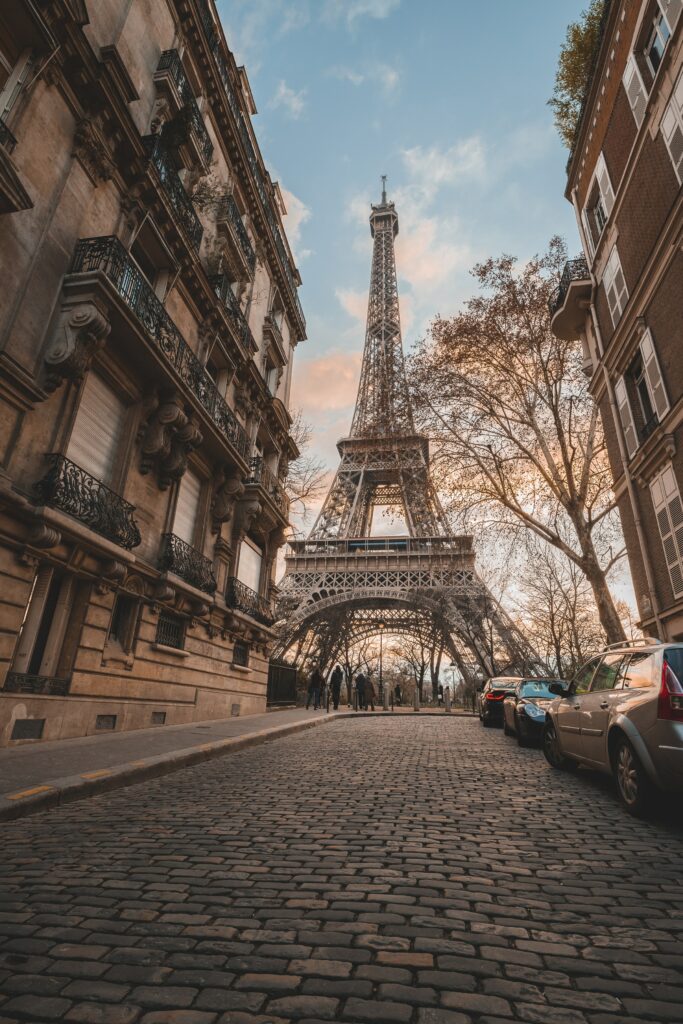
The charm of the Eiffel Tower is timeless, as is the importance of the monument, which was proclaimed a “tragic chandelier” or “plastic chimney”, and which now attracts more than 6 million visitors annually. Paris is a city that will take you on a trip to the past in the blink of an eye. The Palace of Versailles will take you back to the time of Louis XIV: a power that lasted more than 70 years.
Cannes
Cannes is primarily a film festival, but not only. During the international festival, the city comes alive with stars and life, and the Palace of Festivals is decorated with a red carpet. Its charming location on the Cote d’Azur makes it a privileged seaside destination, but Cannes is something more. It boasts a history dating back 2,000 years and offers several attractions that will captivate all tourists at any time of the year.


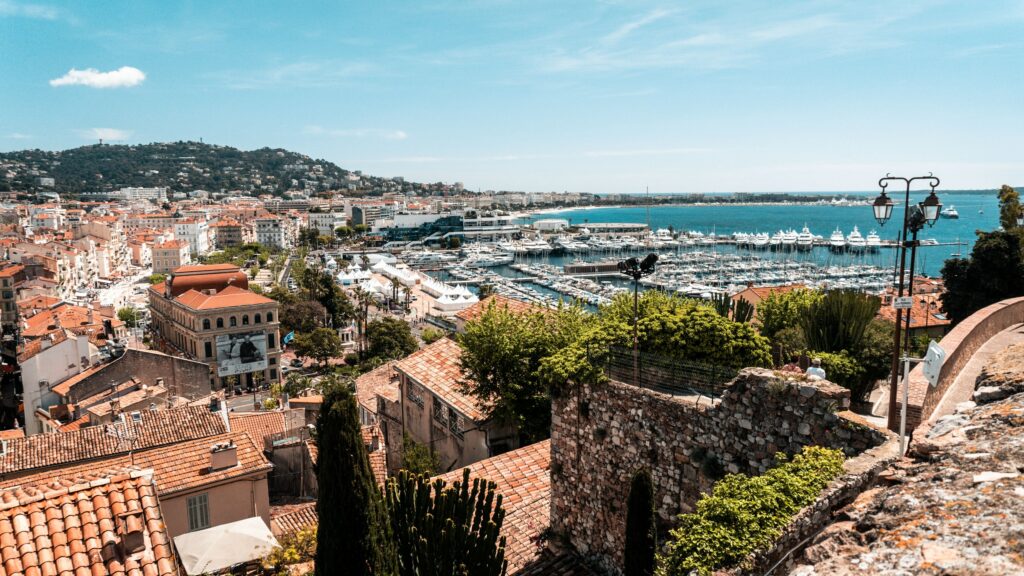
Among the attractions that are worth visiting, of course, is the Museum de la Castre, located in a magnificent mansion in the oldest district. It will be a journey through the primitive arts, up to the touch of oriental influences. In this area, you can reach the old port to breathe in the sea breeze or relax in one of the many bars or restaurants offering fish dishes.
To learn a little about everyday life, you can’t miss visiting the markets. Marche Forville is the oldest and most famous in Cannes. It covers an area of more than 3,000 square meters and offers a wide selection of fresh products. Also, treat yourself to a trip to the Lerin Islands and discover the mysterious Royal Fort.
Avignon
It is known as the “city of popes”, which was the seat of the papacy from 1309 to 1377, a period of maximum prosperity. The Palazzo dei Papi, built in just 20 years, is certainly one of the most important legacies, but the UNESCO-listed city will be able to offer numerous treasures. One of the mandatory steps concerns visiting museums, starting with the Piccolo Palazzo, a pearl that houses very important works, including works by Botticelli. In particular, Angladon boasts a collection of paintings by artists such as Van Gogh, Cezanne, Degas, Modigliani, and Picasso.

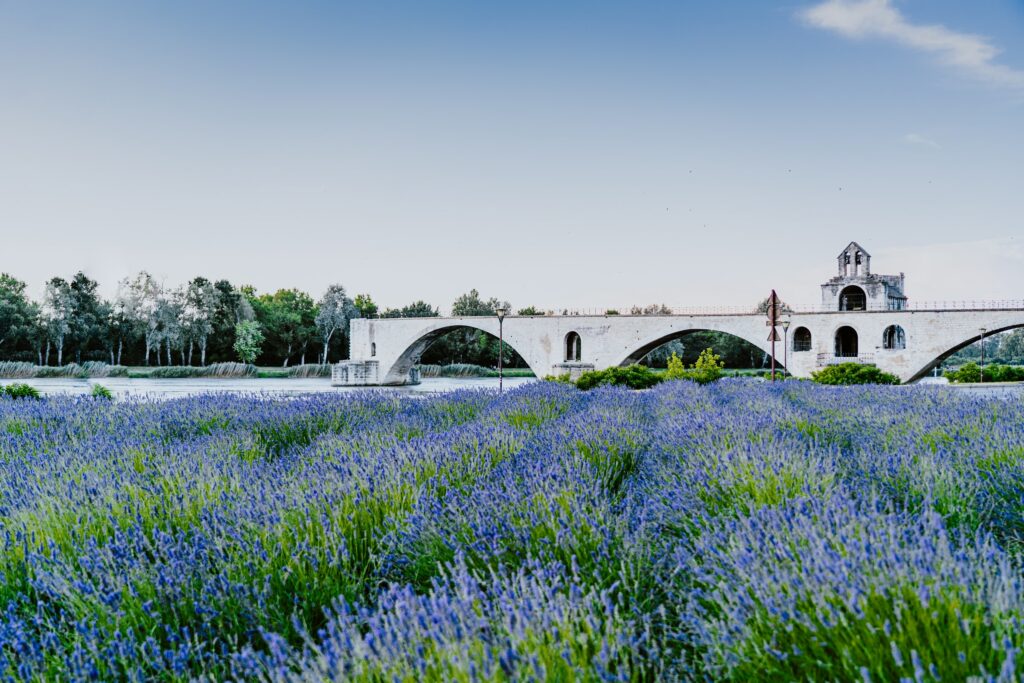
During the walk you will be able to admire the four preserved arches of the Pont Saint-Benezet, a real masterpiece of engineering, almost a kilometer long, which connected Avignon with the city of Villeneuve, crossing the Rhone. Another symbol is the Cathedral of Notre Dame de Dom, built-in 1100 and famous for the monumental statue of the Madonna blessing Avignon. Instead, one of the most exquisite squares is the Place de l’Horloge, full of clubs and life. Avignon is also known as the gastronomic capital of Provence and an excellent center of wine production. Famous is the Cote du Rhone.
Mont Saint-Michel
This is an island surrounded by a magnificent bay, also called the “Miracle of the West” and since 1979 included in the UNESCO Heritage list. We are in Lower Normandy, on the border with Brittany. At any time of the year, a visit to this atoll with a circumference of about 1 kilometer will give you emotions and architectural beauty thanks to the abbey, whose origin dates back to the eighth century. A fortified structure that was never conquered, and was also used as a prison.

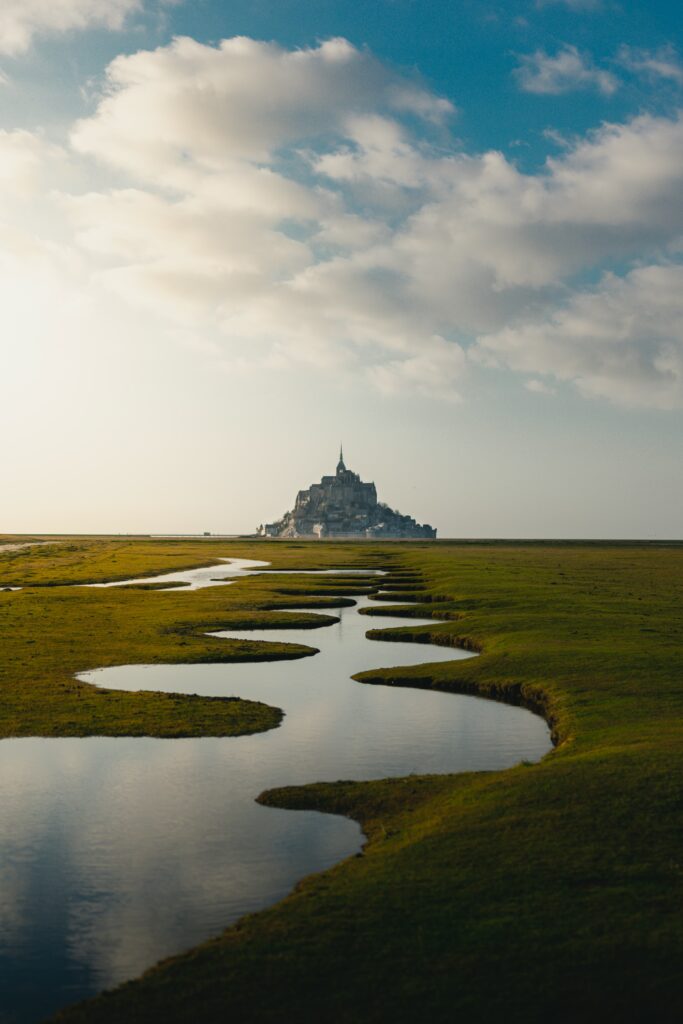

This is one of the most visited places in all of France, due to the beauty and strength of the tides. The writer Victor Hugo called it the “Pyramid on the Sea”, one of the greatest natural phenomena in the whole of continental Europe. On the mountain dedicated to the Archangel Gabriel, magnificent Gothic or Romanesque buildings and palaces alternated and replaced each other.
Strasbourg
A city that has always been something of a crossroads of European history, a bit of France and a bit of Germany. It is no coincidence that thanks to its turbulent history, there are three important European institutions here: the Court of Human Rights, the Council of Europe, and the European Parliament. Strasbourg is a cosmopolitan city in which architecture, art, social organization, and gastronomy represent two nationalities. One of the first attractions, of course, is Notre Dame Cathedral, one of the greatest symbols of Gothic in Europe. Its construction began in 1015 on the remains of a temple dedicated to Hercules.




One of the sights not to be missed is the Maison Kammerzel, a house that was built by a wealthy cheese merchant. The upper part, where the main house and warehouse were located, was decorated with wooden grotesque figures and warriors. Today it houses an important restaurant. Lovers of romance can stroll through Little France, a corner with a postcard in the historical center. Sometime in 1500, tanners, fishermen, and millers lived here. Picturesque houses with sloping roofs have been preserved. Don’t miss the Rohan Palace, which houses three museums: the Archaeological Museum, the Museum of Fine Arts, and the Museum of Decorative Arts.
Nice
A city that has always been considered a symbol of multiculturalism and the joy of life. An English embankment is an ideal place for walking and relaxing, jogging, or just relaxing by the sea. This is not just an embankment, but a symbol of the Belle Epoque, as evidenced by palaces, hotels, and Villa Massena, the Museum of Local Lore. The seaside and worldly soul is, in fact, only one side of the personality of this city. The flagship, of course, is museums, starting with the one dedicated to Matisse. The building opened in 1963 and houses sculptures, paintings, sketches, and photographs of the great artist.

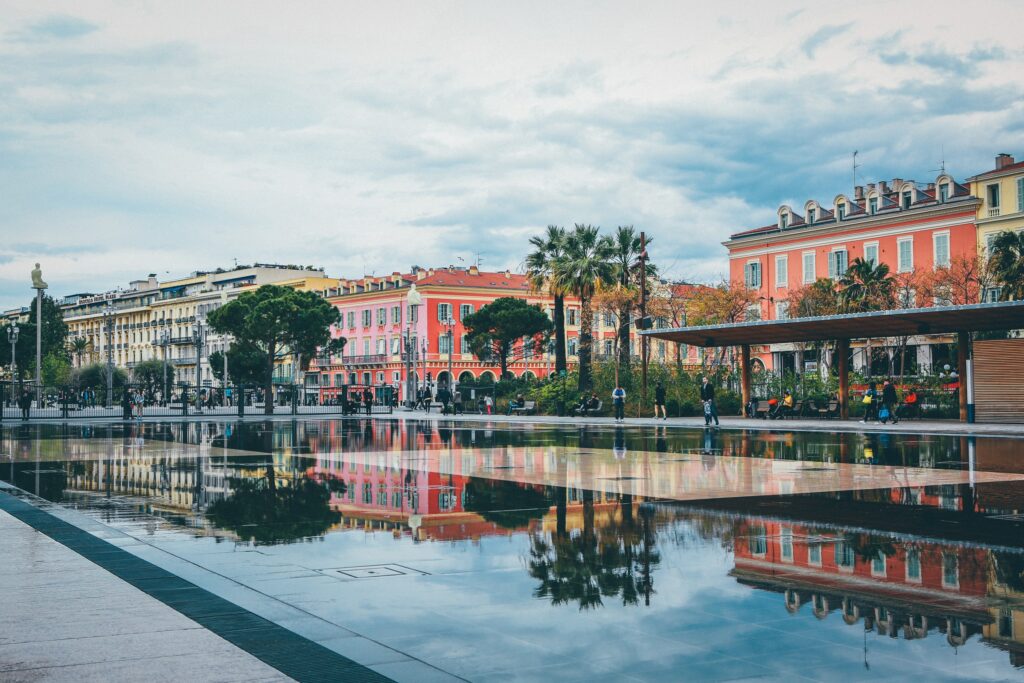
Another very interesting attraction is the Marc Chagall Museum, dedicated to the multifaceted artist who lived an adventurous life in Europe, Palestine, and the United States. It contains, among other things, 17 works commissioned by a French gallerist to Chagall on a biblical theme. For those who want to see the reflections of incredible beauty, we advise you to get to Le Tre Corniches, three parallel roads connecting Nice with Menton. The landscape is breathtaking. You can also find charm in the historic center of Nice by strolling through cafes, shops, and buildings. One of the most interesting is the Lascaris Palace, the emblem of the Baroque style.
Lyon
A little away from the busy tourist routes, Lyon offers, first of all, the beautiful old town, the largest Renaissance district in Europe. There are small squares, large shops, alleys, three exquisite churches, as well as several secret passages. Currently, this area has been restored and reconstructed and is now under UNESCO protection. Place des Terreaux is a mandatory transition point: here you can admire the Town Hall, the Bartholdi Fountain, and the Museum of Fine Arts, especially popular because of the coin collection (more than 50 thousand pieces), one of the largest in France. The collection also includes numerous paintings ranging from primitive art to the 19th century.

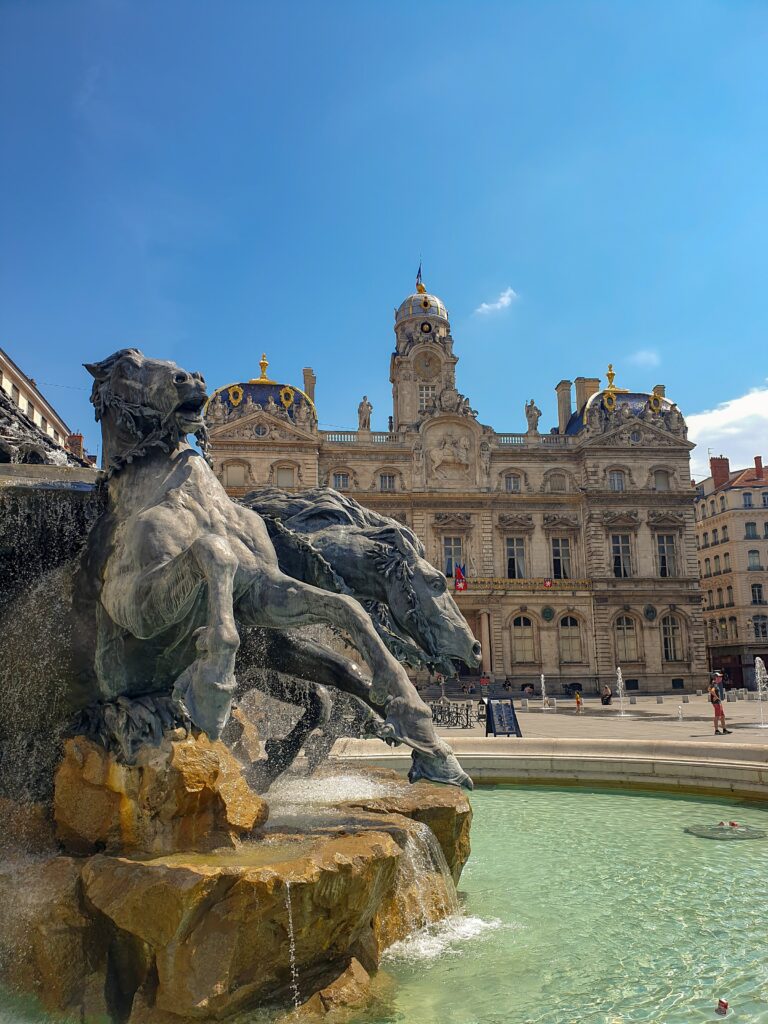

The symbol of Lyon, of course, is the Cathedral, work which began in 1100. It took 300 years to complete. The city is full of curiosities, starting with the traboules (covered passages), built in the Renaissance for aesthetic purposes, but which became, for example, a refuge for partisans from the Nazis. Another attraction is the Lioness Wall, the facade of the building, which depicts scenes from the daily lives of famous people. Among them are Emperor Claudius and the Lumiere brothers.
Lille
Welcome to the beating heart of northern France, an important commercial and cultural center. Your day can start with the Grand Place and its interesting combination of modern and antique styles. Then you can visit the Vieux-Lille area not only for the picturesque streets and beautifully restored brick houses but also for several monuments, including the Old Stock Exchange building, the birthplace of Charles de Gaulle, and the Opera House. Another stop can be the Civic Tower of the Town Hall: you will have a wonderful view of the city.


The tower was built in 1900 in the Flemish style. You can’t miss visiting the Marche de Wazzemes, one of the busiest markets in the city. It will be a journey through exotic and local products with many stalls dedicated to street food. You will have the opportunity to visit one of the most interesting museums in all of France, the Palais des Beaux-Arts, which houses a huge collection of drawings, sculptures, and paintings ranging from antiquity to the modern era. For those who need to communicate a little with nature, there is a beautiful green space: Parc de la Citadel, a 60-hectare island that also has a zoo.
Bordeaux
Wine is a common thread running through your entire trip to Bordeaux. From the Piazza Della Borsa, the building where prices were negotiated, to warehouses on the banks of the Garonne River, which were turned into a place to relax. The symbol of the city is the Cathedral of Sant’Andrea, built-in 1096 at the insistence of Pope Urban II. Its main features are grandeur and 5 chapels that develop inward. Another church not to be missed is the Church of Saint–Michel, famous for its 114-meter bell tower. At the base of the tower is a crypt where thousands of mummified bodies were found.



Another emblem is the Grosse-Cloche door (Big Bell), built in the 1400s – 1900s with paintings by Veronese, Rubens, Van Dyk, Matisse, Delacroix, and Picasso. Once in the city, it is impossible not to cross one of the most beautiful embankments in the world along the Garonne. Here the old red brick warehouses have been restored and turned into places of recreation and culture. For those who like shopping, the fixed stop, of course, is St. Catherine Street, a street stretching for more than a kilometer between shops and boutiques.
Marseille
A colorful city that may seem cluttered and chaotic, but has great charm. Marcel is like this: either you love or you hate. To get an idea, you can start with Porto Vecchio, the explosion of flavors and everyday life among the fish stalls, boats that constantly go back and forth, and the cries of fishermen. Nearby is Riva Nuova, a very lively place where, among the trees and neoclassical buildings of Marseille, tourists meet in bars and restaurants, perhaps to taste the famous bouillabaisse, a local soup.
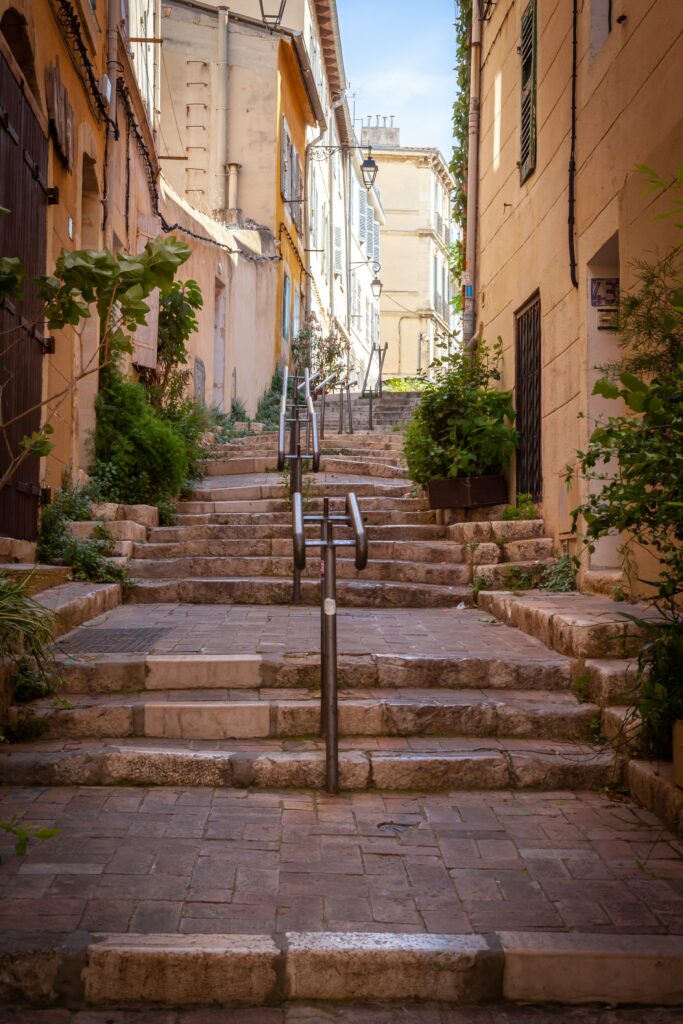

You will find a mixture of folklore and contamination between artists’ workshops, clubs, and small shops. The visit should continue in one of the symbols of the city, the Cathedral of Notre Dame de la Garde. For those who want to continue the walk, there is a Corniche, a wonderful walk along a panoramic road with a length of 5 kilometers. A stop that can give you a few surprises is, of course, the Soap Museum, where you will discover all the secrets of Marseille soap. Another pleasant moment will be presented by the Museum of African Art and the Museum of Mediterranean Archaeology.










